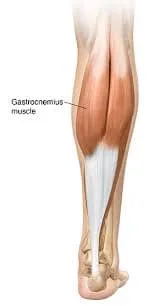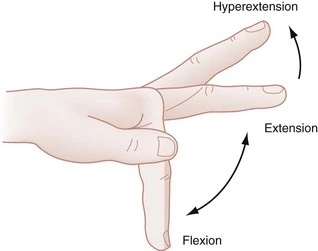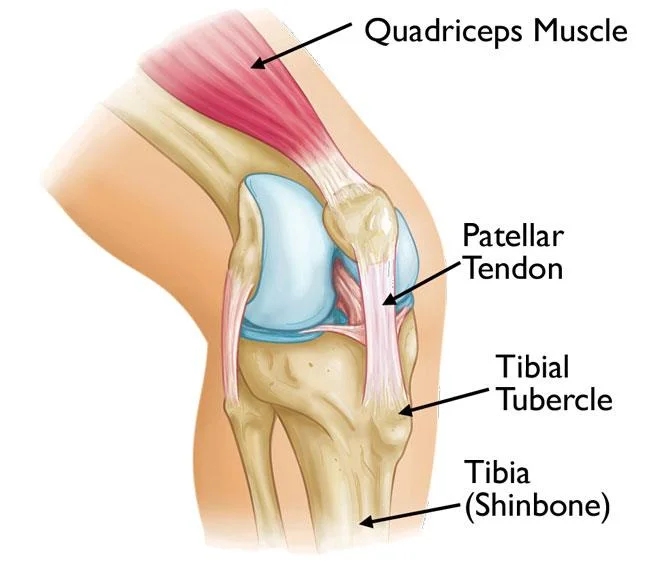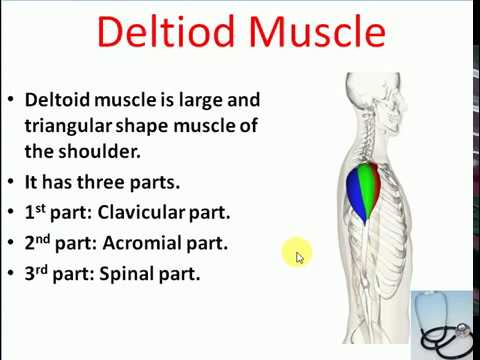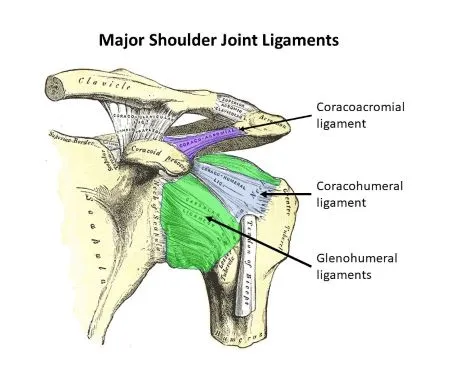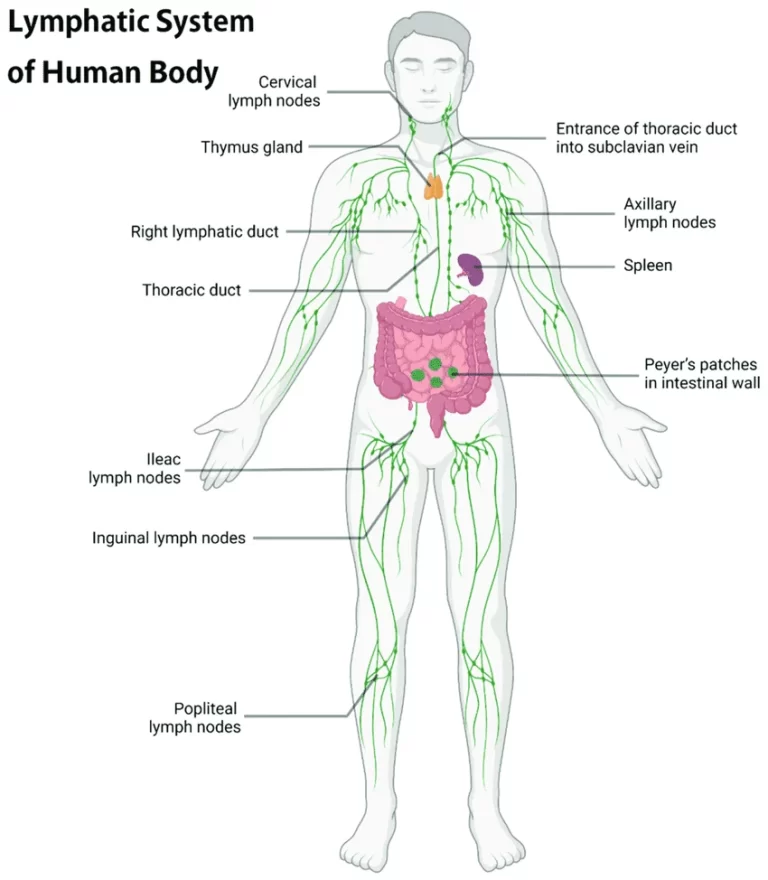Trapezoid Bone
Table of Contents
Introduction
The Trapezoid bone is a small bone located in the wrist, between the scaphoid and the trapezium bones. It is shaped like a four-sided pyramid and serves as a connection point for several ligaments and tendons in the wrist. The trapezoid bone also helps to distribute forces across the wrist joint during movement. Injuries to the trapezoid bone are relatively rare but can occur as a result of trauma or repetitive stress. Treatment typically involves immobilization and rest, and in severe cases, surgery may be necessary.
Anatomy of Trapezoid Bone
The trapezoid bone is a small, wedge-shaped bone located in the wrist. The wrist joint is made up of eight carpal bones, one of which is this one. The trapezoid bone is situated between the scaphoid and the trapezium bones and articulates with four other bones: the second metacarpal, the capitate, the trapezium, and the scaphoid.
The trapezoid bone has four surfaces: superior, inferior, anterior, and posterior. The superior surface is smooth and articulates with the scaphoid bone. The inferior surface is rough and articulates with the second metacarpal bone. The anterior surface is concave and provides attachment points for ligaments and tendons. The posterior surface is also concave and provides attachment points for ligaments and tendons.
The trapezoid bone has four borders: lateral, medial, anterior, and posterior. The lateral border is the thinnest and articulates with the trapezium bone. The medial border is thicker and articulates with the scaphoid bone. The anterior border is convex and provides attachment points for ligaments and tendons. The posterior border is also convex and provides attachment points for ligaments and tendons.
The trapezoid bone has two processes: the dorsal process and the volar process. The dorsal process is a small bump on the posterior surface of the bone that provides attachment points for ligaments and tendons. The volar process is a larger bump on the anterior surface of the bone that also provides attachment points for ligaments and tendons.
The trapezoid bone plays an important role in the stability and movement of the wrist joint. It helps to distribute forces across the wrist joint during movement and provides attachment points for several ligaments and tendons that help to hold the wrist joint together. Injuries to the trapezoid bone are relatively rare but can occur as a result of trauma or repetitive stress. Treatment typically involves immobilization and rest, and in severe cases, surgery may be necessary.
Articulation of Trapezoid Bone
The trapezoid bone articulates with four other bones in the wrist joint: the second metacarpal, the capitate, the trapezium, and the scaphoid.
The superior surface of the trapezoid bone is smooth and articulates with the scaphoid bone. This articulation allows for movement between the two bones and helps to distribute forces across the wrist joint during movement.
The inferior surface of the trapezoid bone is rough and articulates with the second metacarpal bone. This articulation allows for movement between the trapezoid bone and the metacarpal bone, which is important for grip strength and fine motor movements.
The trapezoid bone also articulates with the capitate bone, which is located on the medial side of the wrist joint. This articulation helps to stabilize the wrist joint during movement and provides support for the hand.
Finally, the trapezoid bone articulates with the trapezium bone, which is located on the lateral side of the wrist joint. This articulation allows for movement between the two bones and helps to distribute forces across the wrist joint during movement.
so in the end, the articulation of the trapezoid bone with these four other bones plays an important role in the stability and movement of the wrist joint. It allows for a wide range of motion and helps to distribute forces across the joint during movement, which is important for maintaining joint health and preventing injury.
Functions of the Trapezoid Bone
The trapezoid bone is a small, wedge-shaped bone located in the wrist joint. It plays several important functions in the movement and stability of the wrist joint.
- Articulation with other bones: The trapezoid bone articulates with four other bones in the wrist joint, including the scaphoid, second metacarpal, capitate, and trapezium. These articulations allow for movement between the bones and help to distribute forces across the wrist joint during movement.
- Grip strength: The inferior surface of the trapezoid bone articulates with the second metacarpal bone, which is important for grip strength. This articulation allows for movement between the trapezoid bone and the metacarpal bone, which is essential for fine motor movements and gripping objects.
- Stability: The trapezoid bone also plays an important role in stabilizing the wrist joint during movement. Its articulation with the capitate bone provides support for the hand and helps to prevent excessive movement of the wrist joint.
- Range of motion: The articulation of the trapezoid bone with other bones in the wrist joint allows for a wide range of motion. This is important for performing everyday tasks such as writing, typing, and using tools.
- Shock absorption: The trapezoid bone helps to absorb shock and distribute forces across the wrist joint during movement. This is important for maintaining joint health and preventing injury.
so, the trapezoid bone is an essential component of the wrist joint that plays multiple functions in movement, stability, and shock absorption. Its articulation with other bones allows for a wide range of motion and grip strength, while also providing support and preventing injury.
Ligament attachment of trapezoid bone
The trapezoid bone is not directly attached to any muscles, but it does serve as an attachment point for several important ligaments and tendons that are responsible for the motion and stability of the wrist joint.
One of the most important ligaments that attaches to the trapezoid bone is the trapezoid ligament, which connects the trapezoid bone to the scaphoid bone. This ligament helps to stabilize the wrist joint and prevent excessive movement of the bones during activity.
In addition to ligaments, several tendons also attach to the trapezoid bone. These involve the extensor carpi radialis brevis tendon, which arises from the lateral epicondyle of the humerus and is attached to the bottom of the third metacarpal bone. This tendon helps to extend the wrist joint and is important for activities such as gripping and lifting.
Another important tendon that attaches to the trapezoid bone is the flexor carpi radialis tendon, which originates from the medial epicondyle of the humerus and inserts into the base of the second metacarpal bone. This tendon helps to flex the wrist joint and is important for activities such as typing and writing.
so that, while the trapezoid bone itself does not have any direct muscle attachments, it does serve as an important attachment point for several ligaments and tendons that are essential for the motion and stability of the wrist joint.
Blood supply of trapezoid bone
Blood and lymph supply is essential for the proper functioning of the human body. The Blood carries oxygen and nutrients to the cells and tissues, while lymph helps to remove waste and toxins from the body. In this section, we will discuss blood and lymph supply in detail.
The blood supply of the trapezoid bone comes from small branches of the radial artery, which is one of the main arteries in the forearm. These branches enter the bone through small openings called nutrient foramina, which are located on the surface of the bone.
The blood vessels within the trapezoid bone are part of a network of small blood vessels that supply all of the bones in the wrist joint. This network is known as the carpal arch, and it helps to provide oxygen and nutrients to the bones, as well as remove waste products.
The blood supply to the trapezoid bone is important for maintaining the health and function of the bone. If the blood supply is disrupted, for example, due to a fracture or other injury, it can lead to bone death and collapse, as seen in Kienbock’s disease.
In some conditions, surgical procedures may be needed to restore blood flow to the trapezoid bone and prevent further damage. This may involve grafting new blood vessels onto the bone or using other techniques to improve circulation.
Conditions that affect trapezoid bone
The trapezoid bone is one of the eight small bones that make up the wrist joint. It is located on the outer side of the wrist, between the scaphoid and trapezium bones. The trapezoid bone plays an important role in wrist joint stability and movement.
Several conditions can affect the trapezoid bone, including:
- Trapezoid Fracture: A fracture of the trapezoid bone can occur due to a fall or direct impact on the wrist. Symptoms may involve pain, swelling, and difficulty in the wrist movement.
- Osteoarthritis: Osteoarthritis is a degenerative joint disease that can affect any joint in the body, including the wrist joint. It happens when the protective cartilage that cushions the joints wears down with time, causing pain, stiffness, and decrease mobility. Osteoarthritis of the wrist joint can affect the trapezoid bone, as well as other bones in the joint.
- Kienbock’s Disease: Kienbock’s disease is a rare condition that affects the blood supply to the lunate bone, which can lead to bone death and collapse. This can cause instability and pain in the wrist joint, and may also affect neighboring bones such as the trapezoid bone.
- Ligament Injuries: The ligaments in the wrist joint help to hold the bones in place and provide stability during movement. Injuries to these ligaments can cause pain, swelling, and reduced mobility in the wrist joint. The trapezoid bone may be affected if the ligaments on the outer side of the wrist are injured.
- Ganglion Cysts: Ganglion cysts are non-cancerous lumps that can develop on or near joints, including the wrist joint. They are filled with fluid and can cause pain or discomfort if they press on nearby nerves or bones, such as the trapezoid bone.
so, any condition that affects the trapezoid bone can lead to pain, stiffness, and reduced mobility in the wrist joint. Treatment options may include rest, immobilization, physical therapy, medication, or surgery depending on the severity of the condition.
Rehabilitation
Injuries to the trapezoid bone can occur due to falls, sports injuries, or repetitive strain. Depending on the severity of the injury, treatment may involve immobilization with a cast or brace, surgery, or a combination of both.
Once the trapezoid bone has healed sufficiently, rehabilitation may begin. Physical therapy exercises can help to restore range of motion, strength, and flexibility in the wrist and hand. These exercises may include:
- Range of motion exercises: These exercises involve moving the wrist and hand through a full range of motion to improve flexibility and reduce stiffness.
- Strengthening exercises: These exercises involve using resistance to strengthen the muscles in the wrist and hand. This can help to improve grip strength and overall function.
- Coordination exercises: These exercises involve performing tasks that require coordination between the wrist and hand. This can help to improve dexterity and fine motor skills.
In addition to physical therapy exercises, other treatments may be used to promote healing and reduce pain. These may include:
- Ultrasound therapy: In order to encourage healing and minimise inflammation, high-frequency sound waves are used in this procedure.
- Electrical stimulation: This involves using electrical currents to stimulate the muscles and nerves in the affected area. This can help to decrease pain and help in getting better muscle function.
It is very important to follow the advice of a medical professional when undergoing rehabilitation for a trapezoid bone injury. They can provide individualized treatment plans and monitor progress to ensure that healing is progressing as expected.
FAQs
Injuries to the trapezoid bone can occur due to falls, sports injuries, or repetitive strain.
Treatment may involve immobilization with a cast or brace, surgery, or a combination of both.
Rehabilitation for a trapezoid bone injury involves physical therapy exercises to restore range of motion, strength, and flexibility in the wrist and hand.
Physical therapy exercises may include a range of motion exercises, strengthening exercises, and coordination exercises.
Other treatments may include ultrasound therapy and electrical stimulation.
Yes, it is important to follow the guidance of a healthcare professional when undergoing rehabilitation for a trapezoid bone injury to ensure that healing is progressing as expected.


